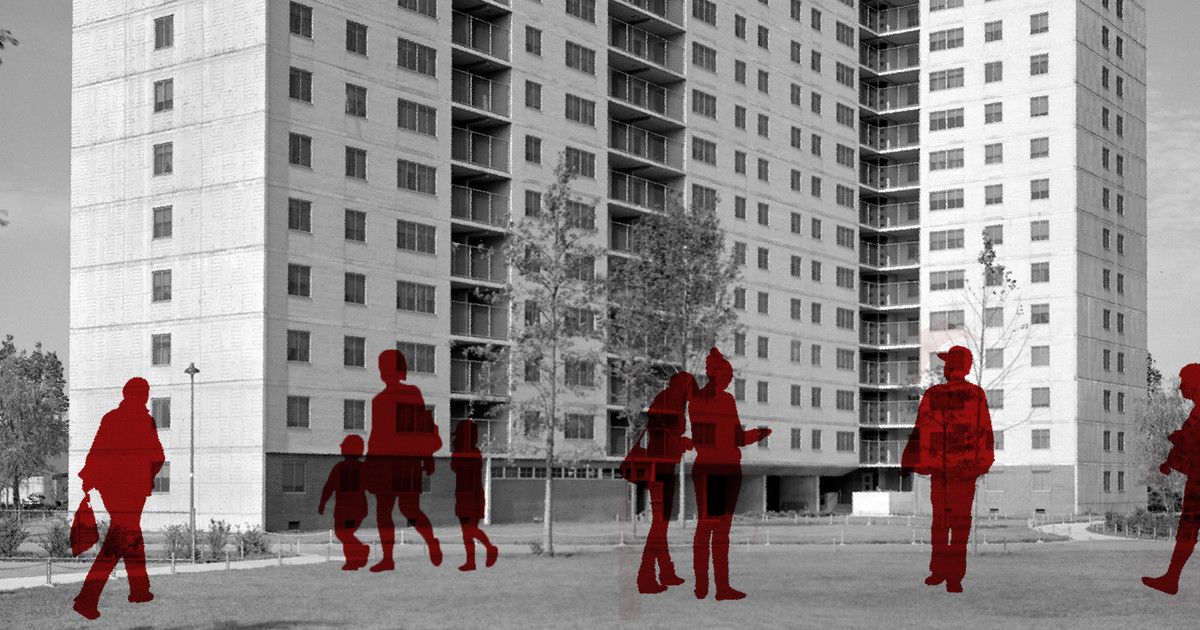
Donald Trump’s authoritarian tendencies have intensified alarmingly since the tragic assassination of Charlie Kirk. Yet, rather than addressing this radical shift, mainstream media has largely opted to debate the accuracy of his statements and the legality of his actions, neglecting to scrutinize the broader ideological objectives underpinning his rhetoric.
Last Monday, Trump took a significant step by signing an executive order that designated “Antifa” as a “domestic terrorist organization.” Just days later, he followed up with a national security directive that, according to top aide Stephen Miller, aims to launch an “all-of-government effort to dismantle left-wing terrorism.” When pressed about the funding behind this so-called “left-wing terrorism,” Trump pointed fingers at two prominent Democratic donors, George Soros and Reid Hoffman. This targeting has had tangible repercussions; reports indicate that while the Soros family remains engaged in political discourse, Hoffman has retreated from political contributions and discussions about his opposition to Trump.
On Saturday, Trump announced via social media that he was empowering “Secretary of War” Pete Hegseth to deploy military personnel to “protect war-ravaged Portland and any ICE facilities under siege from Antifa and other domestic terrorists.” He further authorized the use of “full force, if necessary,” marking Portland as yet another American city where federal troops may be sent, joining the ranks of Washington, Los Angeles, Chicago, and Memphis.
This deployment and the vilification of Democratic donors as supporters of terrorism reveal a critical truth: Trump is weaponizing the Antifa narrative to justify a crackdown on domestic political dissent. Yet, much of the initial media coverage of Trump’s executive order has missed this crucial point, fixating instead on the legal and logistical challenges of labeling Antifa a terrorist organization.
The New York Times noted the significant factual and legal hurdles that would accompany any attempt to formally designate Antifa as a terrorist group. This observation is certainly valid; after all, Antifa is not a conventional organization. As the Times correctly pointed out, it is more accurately described as a label for a political subculture or protest style, lacking a centralized structure, official membership, or even a cohesive leadership.
Even if Antifa were considered an actual organization, there are no existing legal frameworks that permit the designation of a domestic entity as a terrorist organization. The current legal definitions of “terrorism” primarily apply to foreign entities.
While these factual and legal critiques provide a foundation for opposing Trump’s actions, they fail to encompass the full scope of his agenda. The Antifa myth, as propagated by Trump and his allies, serves as a convenient scapegoat. As historian Mark Bray articulated in an interview, the individuals who identify as Antifa have not been prominently active in recent years and are certainly not bankrolled by billionaires like Soros. Instead, Trump employs Antifa as a “boogeyman catchall category” for a wide array of leftist activities that he and his supporters oppose, including movements for Black Lives Matter, trans rights, and immigrant rights.
The narrative surrounding Soros has unsettling echoes of historical anti-Semitic tropes, such as the Nazi myth of Judeo-Bolshevism, which falsely claimed that wealthy Jews were undermining German society through revolutionary financing. This fabricated narrative allows Trumpism to present itself as a defender against both unpopular elites and marginalized groups.
The Antifa myth is flexible enough to embrace all forms of opposition to Trump, whether from liberals or radicals alike.
Journalist Ken Klippenstein, writing on his Substack, highlighted the far-reaching implications of Trump’s national security directive. Modeled on the War on Terror framework, this directive empowers law enforcement to preemptively disrupt groups deemed threatening. Alarmingly broad indicators of potential violence include overtly vague categories such as anti-Americanism, anti-capitalism, anti-Christianity, and various forms of extremism relating to race, gender, and morality.
The Trump administration appears poised to leverage these new directives to curtail the free speech rights of its critics. On Wednesday, Stephen Miller tweeted in response to California Governor Gavin Newsom’s characterization of ICE and the Trump administration as “authoritarian,” stating, “This language incites violence and terrorism.”
Greg Sargent, a writer for The New Republic, pressed former Trump advisor Steve Bannon on whether Miller’s tweet signaled an intention for federal law enforcement to investigate groups that label ICE as “authoritarian.” Bannon’s response was telling: “Yes. Stephen Miller is correct—more importantly, he’s in charge.”
The Antifa myth serves as a critical wedge in Trump’s arsenal, one that threatens to undermine free speech. It is not sufficient to simply debunk the myth; Democrats must rally the American public around the notion that the threat posed to Antifa may one day be wielded against anyone who dares to criticize Trump. A united front is essential to counteract this authoritarian creep and to protect the fundamental rights upon which democracy stands.


